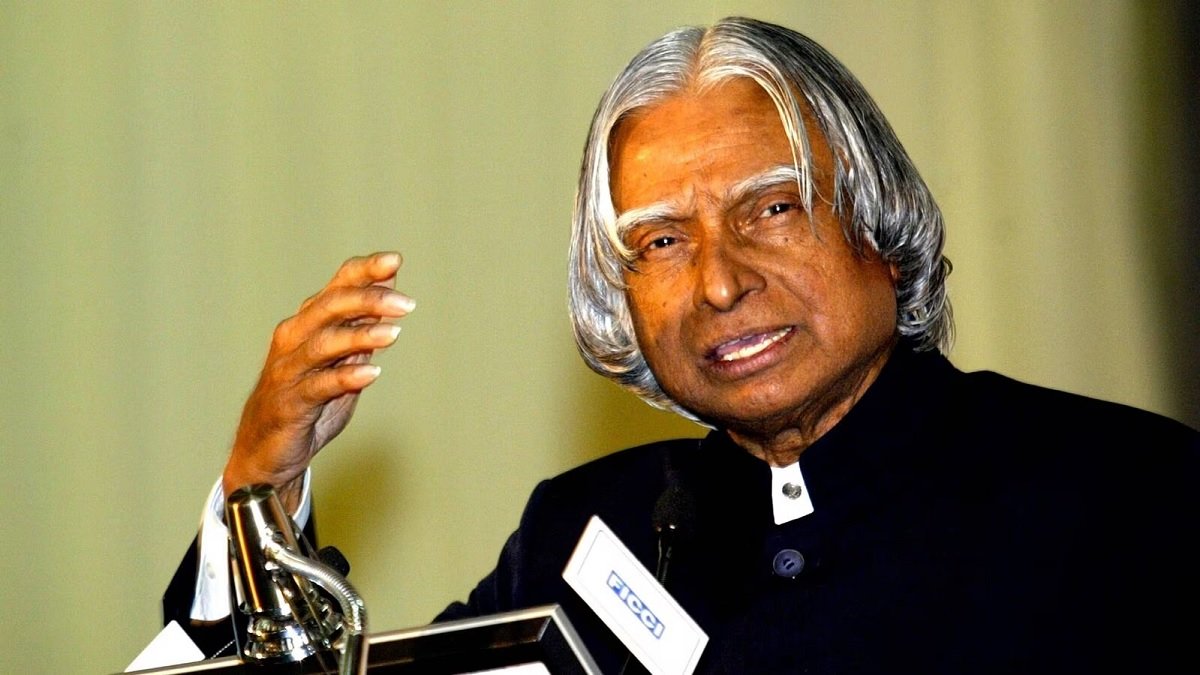In the rapidly evolving tapestry of modern civilization, the teachings of the Bahá’í Faith offer a rich palette of values and lessons that resonate deeply with the essence of humanity. Central to the dissemination of these principles is the life and legacy of `Abdu’l-Bahá, the son of Bahá’u’lláh, whose narratives serve as a luminous beacon for children navigating the complexities of moral development. Through the stories of `Abdu’l-Bahá, profound ideals emerge; teaching children about love, unity, and service, essential foundations for a harmonious existence.
To understand the impact of `Abdu’l-Bahá’s life stories, one must first grasp the context of his existence. Born in the radiant city of Tehran in 1844, `Abdu’l-Bahá faced numerous adversities from an early age. His family was subjected to systemic persecution, yet amidst this tumult, he embodied the very principles he would later impart upon others. Herein lies the first intriguing metaphor: `Abdu’l-Bahá was akin to a resilient sapling growing defiantly through the crevices of stone; despite the harsh environment, he flourished and provided shelter through his teachings.
The tales of `Abdu’l-Bahá are replete with anecdotes that enchant children’s imaginations while simultaneously delivering moral lessons. His charming disposition—often described as a magnet drawing people toward him—reveals a rich tapestry of character traits that children can emulate. For instance, one story recounts his visit to a poor neighborhood in Akka, where he volunteered to clean the streets, demonstrating the Bahá’í principle of service to humanity. This narrative encapsulates the metaphor of the humble artisan, chiseling away at the blemishes of society, inspiring children to embrace altruism and see service as a pathway to spiritual growth.
Moreover, `Abdu’l-Bahá’s storytelling often involved animals, which act as a conduit for children to engage with abstract principles in a tangible manner. The parable of the lion and the lamb, for example, serves as a narrative vehicle for illustrating the consonance of power and gentleness. It teaches children that strength does not preclude kindness; rather, true power flourishes through compassion and understanding. A child grappling with concepts of dominion and meekness can glean insights from this harmony, learning that the amalgamation of these traits breeds a peaceful coexistence.
In addition to these moral fables, `Abdu’l-Bahá’s travels offered him opportunities to engage with diverse cultures and perspectives. His interactions spanned various communities, culminating in dialogues that underscored the significance of global unity and understanding. Children benefit immensely from stories where `Abdu’l-Bahá encountered individuals of differing backgrounds—showcasing humanity’s interconnectedness. The metaphorical thread of a tapestry weaves its way through these interactions, symbolizing how disparate cultures contribute to the vibrancy of the world. By grasping this ethos, children learn the importance of tolerance and acceptance, vital competencies in an increasingly polarized society.
Equally compelling is `Abdu’l-Bahá’s commitment to education—a vital tenet of the Bahá’í teachings. Faced with a predominantly illiterate society, he advocated fervently for the education of all, emphasizing that knowledge is a treasure that enriches both the individual and the collective. His own journey as a self-educated man lends credence to the adage that the thirst for knowledge is akin to an ever-expanding universe: the more one learns, the broader the horizons that unfold. Children are encouraged to view learning not merely as a series of academic tasks but as an engaging adventure, one that forms the foundation for building a more just and equitable world.
The narratives of `Abdu’l-Bahá do not shy away from addressing themes of justice and equity, principles integral to the Bahá’í worldview. For instance, the parable of the farmer and the seeds illustrates that nurturing compassion and equity leads to a bounteous harvest. This allegory serves as a rich substrate for discussion, allowing children to ponder deeper questions of fairness and responsibility in their interactions. It cultivates an awareness that our actions, much like the seeds we plant, yield consequences that affect the wider community.
An essential aspect of `Abdu’l-Bahá’s teachings is their intrinsic appeal, which lies in his embodiment of love. Love, for just as gold is shaped by fire, so too is the human spirit purified by affection. Children’s encounters with `Abdu’l-Bahá’s stories can be likened to basking in sunlight; his messages illuminate and warm the essence of their being. As they absorb these tales, they develop a blueprint for relationships rooted in compassion, empathy, and mutual respect.
In conclusion, the life stories of `Abdu’l-Bahá present a veritable compendium of moral, ethical, and spiritual lessons that hold profound implications for the upbringing of children. Through captivating narratives that advocate for love, service, unity, and education, they transcend cultural boundaries and enhance a child’s understanding of their role within the tapestry of humanity. It is imperative that these teachings are embraced and shared widely; for in doing so, one nurtures not only the seeds of individual potential but also the collective promise of a more unified and compassionate world.
